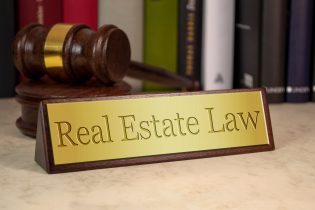Why Do So Many Buildings Have A Low Building Energy Rating in NYC? And What Do Those Letter Grades Mean?
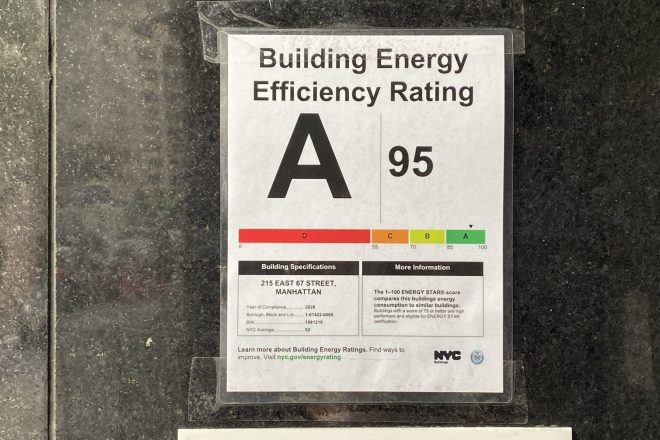
If you have spent much time in NYC, then you have no doubt seen the building energy rating posted in the front of residential buildings. You probably have even seen one in the windows of your own building. So, what do these scores mean? And is there any way you can improve them?
On this page, we will walk you through the energy performance letter grade system and how it impacts residential buildings and those who call them home.
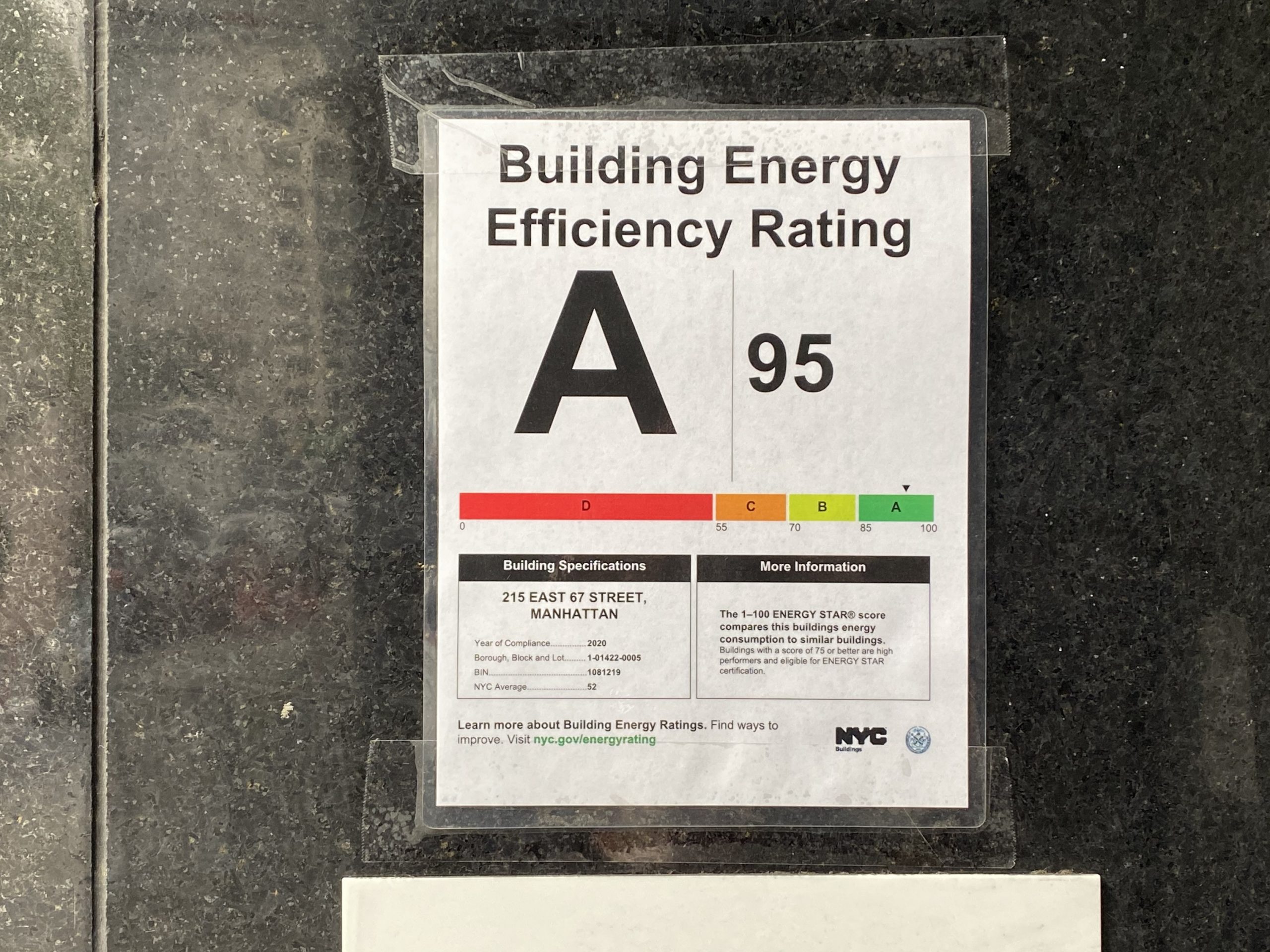
Table of Contents
Building Energy Rating in NYC: History and Implementation
Posted energy performance scores are a new development within NYC’s long history of letter grading. Every New Yorker is familiar with the color coded letter grades displayed in the windows of restaurants, cafes, and bakeries throughout the city. Since 2010, these grades have helped diners figure out where is safe to eat without doing a deep dive into full health inspection reports.
The Beginning of the Building Energy Rating System
The idea behind the energy ratings is similar. While information on the energy performance of buildings is available, few NYC residents actively seek it out. Publicly posted letter grades eliminate this hurdle and allow residents to quickly and intuitively know how their building measures up. The higher the grade, the better the building.
Local Law 33 of 2018

In 2018, the city implemented an amended law that assigns the energy grades and requires buildings to disclose those grades. Further laws like Local Law 95 of 2019 set the energy scores and their associated grades in accordance with federal guidelines. These scores are determined by comparing the building’s self-reported energy usage and other building information with NYC’s benchmarks.
The Energy Star ratings that correspond with NYC’s letter grades are as follows:
- A: score is equal to or greater than 85
- B: score is equal to or greater than 70 but less than 85
- C: score is equal to or greater than 55 but less than 70
- D: score is less than 55
- F: for buildings that didn’t submit required benchmarking information
- N: for buildings exempted from benchmarking or not covered by the Energy Star program.
Issuing of Building Energy Rating Labels
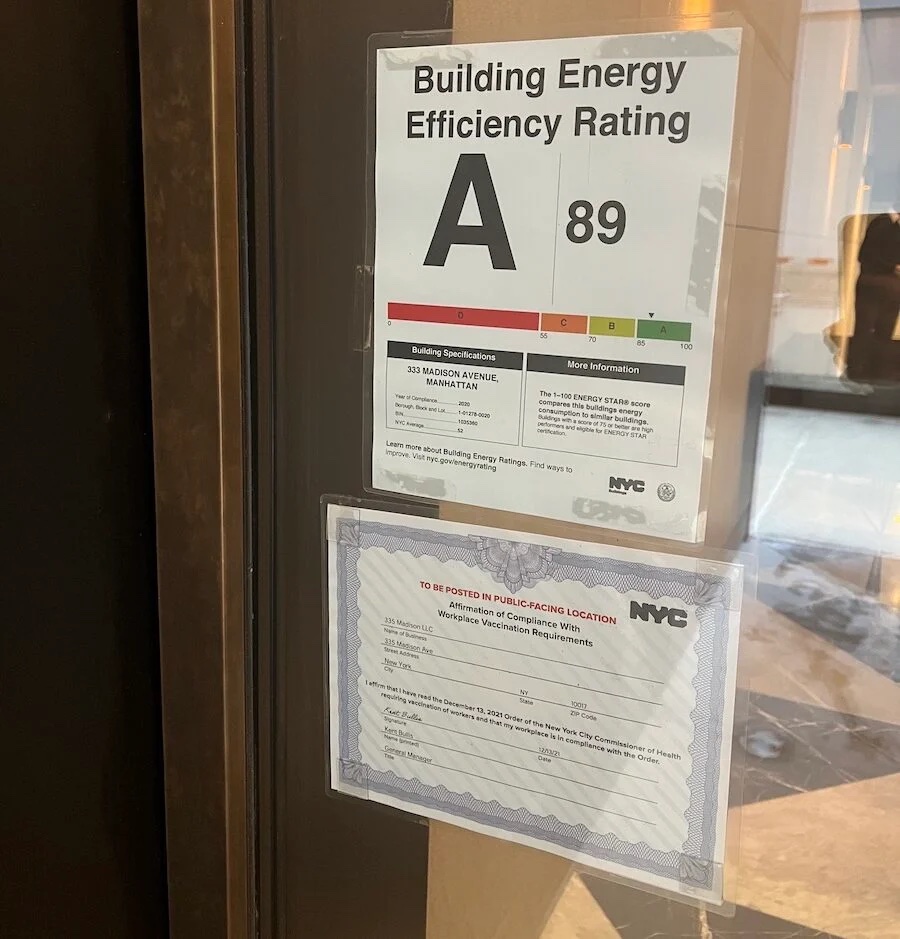
The law requires the building to post an “energy label” including both the letter grade and the actual numerical Energy Star score, otherwise they can be hit with a fine. These are the signs you see posted on the front of your building.
These labels were given out for the first time in late 2020 based on data for the year. They are updated every year, once a year.
Benefits and Drawbacks of NYC’s Building Energy Rating System
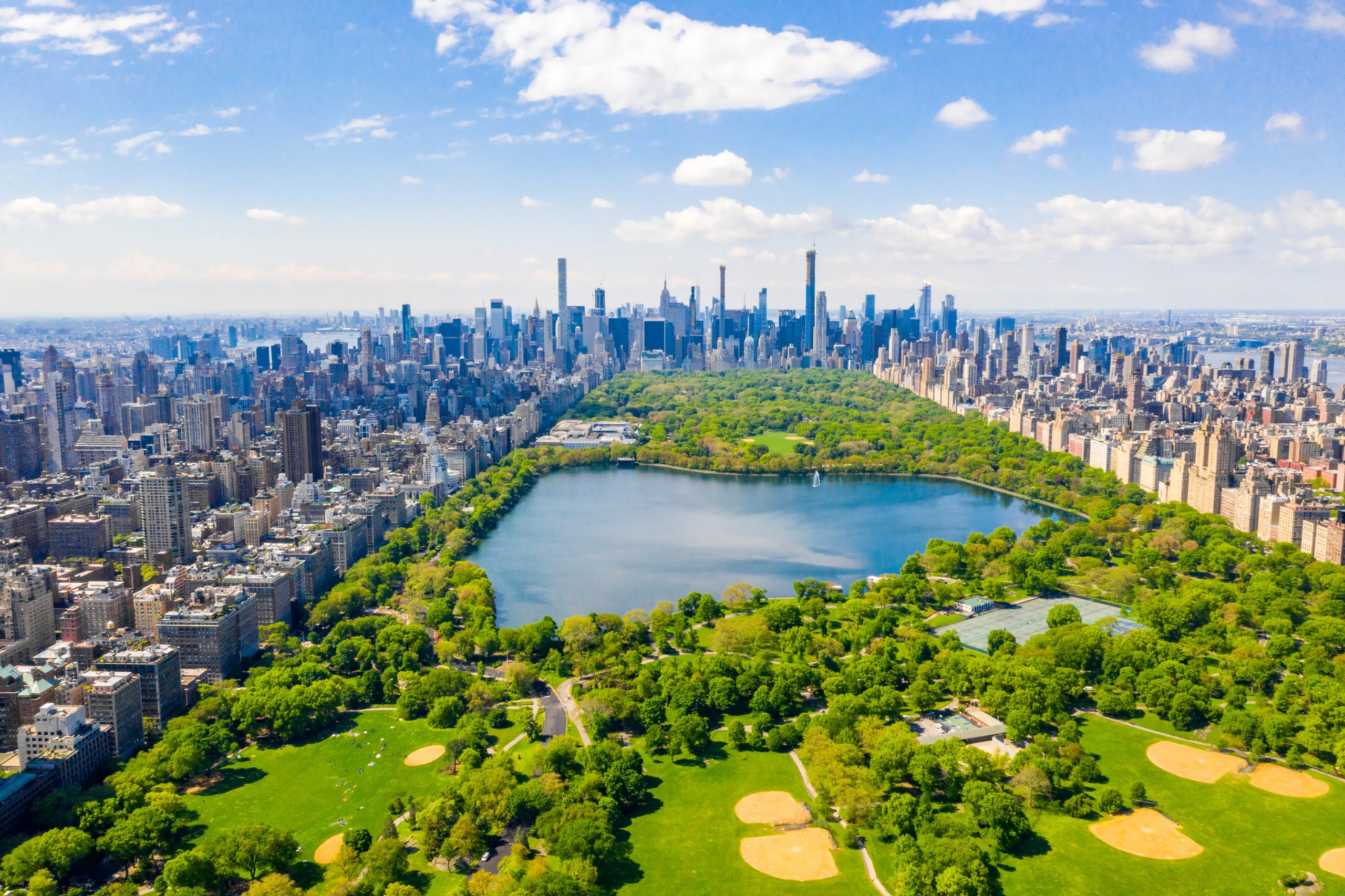
While this energy rating system offers obvious pros for environmentally conscious home shoppers, there are some hidden cons that may surprise you.
The Pros
Transparency always comes with notable benefits for consumers. These letter grades give residents a better idea of how they measure up, and give them some helpful information if they decide to push for change in their building.
Industry professionals also say that the social shaming aspect of these posted letter grades have led building owners and developers to push for lower energy consumption and more eco-friendly practices.
The Cons
The downside of this system is that it only applies to energy consumption in the building, and not to other important environmental markers–especially greenhouse gasses. Local Law 97, a totally separate city law, requires buildings to report their annual greenhouse gas emissions. Both this law and the energy performance letter grading law were passed at the same time as part of NYC’s push for sustainability. Together, these bills were called the 2019 Climate Mobilization Act.
However, while Local Law 97 requires greenhouse gas reporting, it does not require that information to be posted the way it does the building’s energy performance. And since the posted letter grade does not include greenhouse gas emission in its calculations, it can mislead residents who think the letter grade is a general rating for how eco-friendly their building is.
Why So Many Low Grades?

Unfortunately, the most common letter grade for energy performance in the city is D. That means over half of all buildings in NYC are failing to meet sustainability goals. Why is this? And can we fix it?
Market Matters
If over half of NYC restaurants failed their health inspections, New Yorkers would not keep eating there. In New York’s hyper-competitive restaurant scene, a low rating can mean shuttered doors for good as consumers take their business elsewhere.
But when it comes to the tight residential housing market in NYC, not all buyers cannot afford to be too choosy about their building’s energy rating. With limited housing and many units in older, pre-environmental movement buildings, New Yorkers usually have to focus on other priorities.
However, for eco-conscious home buyers, there is hope. More and more developers are taking sustainability seriously, building cutting edge new developments that meet energy usage standards. Eco-friendly apartment buildings are becoming more common, and will hopefully continue to grow in popularity.
Lack of Penalties
Another major reason for a low building energy rating is the lack of financial or legal penalties for building owners. Failing energy performance grades might look embarrassing posted at your building’s entrance, but they come with no fines or other material consequences.
While this is the case for Local Law 33, it is not for Local Law 97–the one about greenhouse gas emissions. If a building’s greenhouse gas emissions surpass a cap, the owners can face significant fines. But of course, since greenhouse gas emissions are not publicly posted, residents will have to dig a little deeper to find out whether or not their building is meeting standards.
Other Eco-Friendly Certifications
If you want to live in a more eco-friendly building, then the energy performance letter grades are not the only metric you can use to judge if an apartment is right for you. Consider looking for the following certifications.
LEED Certified Buildings
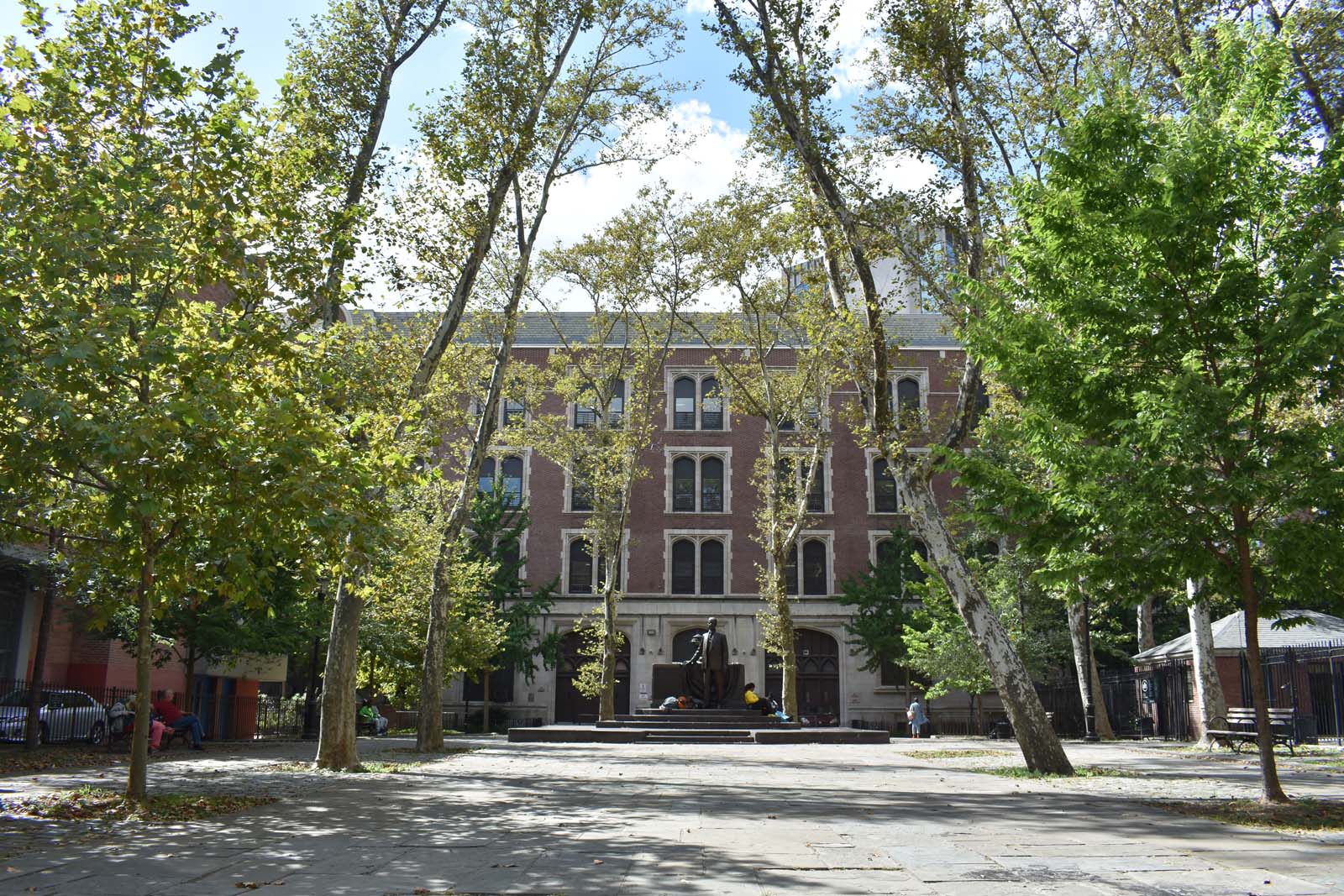
LEED is a green buildings system operated by the U.S. Green Building Council (USGBC), established 25 years ago to promote green building design and construction. Today, the LEED system is the most used green building rating system in the world.
LEED certifications are ranked in the following way:
- Certified: Marked by a green symbol, this is the standard certification. Indicated 40-49 points earned on evaluation.
- Silver: The next level above certified. Indicates 50-59 points earned.
- Gold: The next level above silver. Indicates 60-79 points earned.
- Platinum: The highest certification. Indicates more than 80 points earned.
The points are determined using a holistic measuring system instead of the limited energy performance measurement represented in NYC’s letter grades. So if you really want to live in an eco-friendly building, LEED certified buildings are the way to go.
What kinds of policies does the USGBC look for in a LEED building? They award points for building practices that promote the health and sustainability of human residents as well as the ecosystem surrounding them. Clean air and water, low energy consumption and greenhouse gas emissions, sustainable recycling practices, and improved quality of life are all taken into consideration when assigning a score.
Energy Star Certification
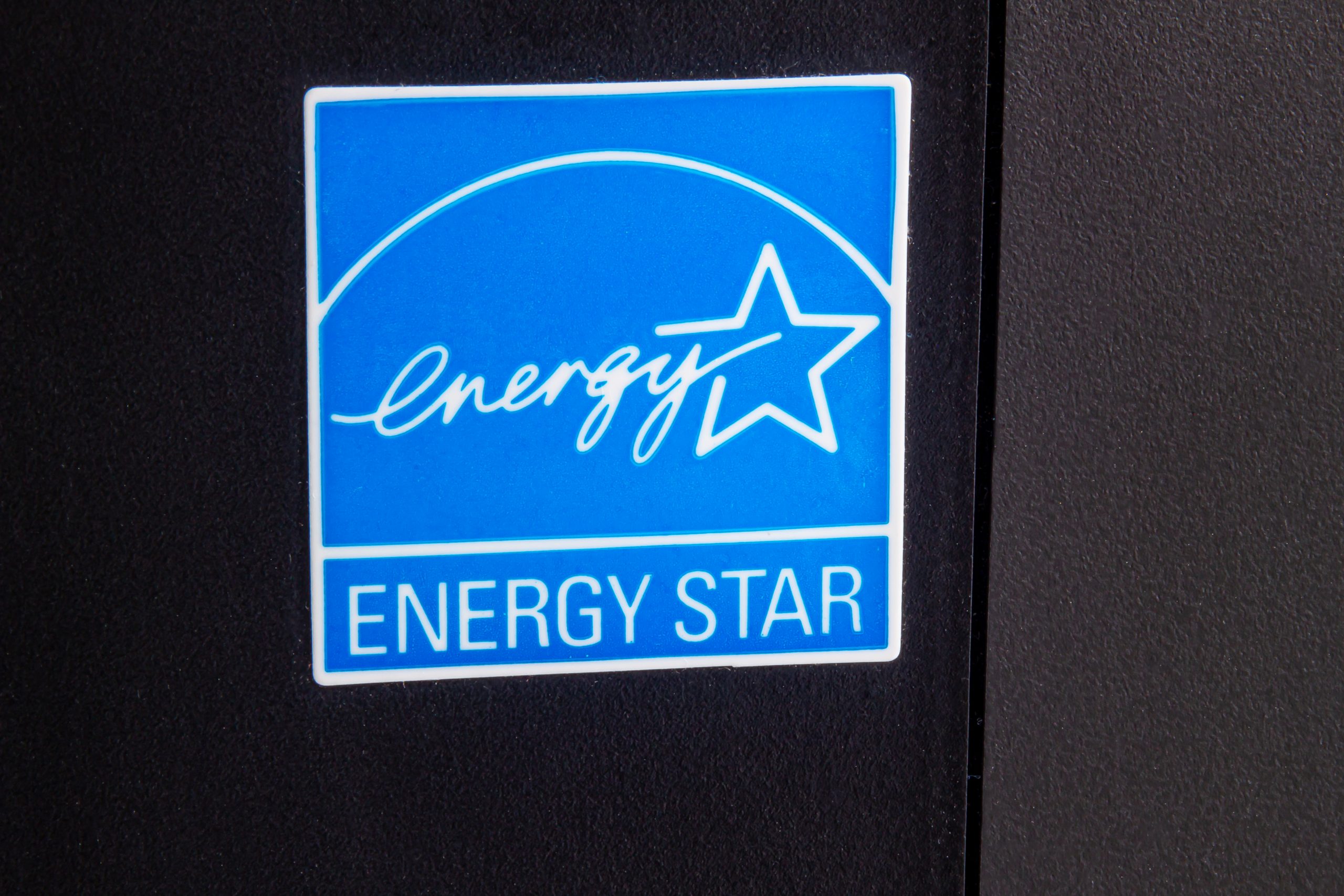
Energy Star is a program run by the EPA to promote energy efficiency. Although Energy Star scores are used to determine the posted letter grades in NYC, Energy Star certifications can act as a second seal of approval.
Appliances and electrical devices often receive Energy Star certifications, but buildings can also apply for this designation which is verified by a third party annually. Energy Star certified buildings are only approved after considering both the energy performance and greenhouse gas emissions for the building.
Start Looking for a New Green Building Today
If sustainability is important to you, then buying a green property is a great investment for both your future and the future of the planet.
Search Online
You can search the LEED certified projects list for NYC properties that meet their qualifications, or you can look for eco-friendly apartments on popular real estate listing websites. Include environmental keywords in your search terms, as well as the brand names like LEED and Energy Star that we have discussed on this page.
Ask Your Real Estate Agent
The more efficient path is to ask your real estate agent to focus on green properties. They are experts on the NYC market and can find you a great apartment within your budget that also aligns with your values. Discuss your priorities with your agent so that you can buy the best eco-friendly home possible.
Keep Up with New Development News
Finally, keep up to date on the new developments going up around NYC by reading NewDevRev. We cover the important news you need to know to make informed decisions, including updates on green buildings and environmentally conscious renovations. As developers in NYC continue to focus on green buildings, so will we.
Start your search today!
- Categories:

